Your Guide to Thurso Surf’s SUP Fins
You might not have given much thought to your SUP fins, other than popping them in each time you get out on the water. But did you know that paddle board fins are an essential piece of equipment, allowing you to control the direction of your board so you're not spinning in circles. Fins can also influence your stability, speed, maneuverability, and more.
To take a bit of mystery out of fins, we've put together a quick guide to the fins found on our boards. We'll touch on the different fin boxes, configurations, and what to use in different conditions. By the end, you should know how to get the most out of your SUP fins!

Don't forget to install your fins before hitting the water with your friends!
SUP Fins
Let's start with the basics. Fins are those wonderful triangular-shaped pieces that attach to your SUP. They are always installed underneath, at the tail of the board. Paddleboards typically have one or three fins; one large center fin and, for the three fin setup, two smaller side fins. Our Thurso Surf boards come with three fins, except for the Expedition Touring SUP that comes with one. SUP fins are typically made of plastic or rubber, with higher-end fiberglass and carbon fiber for more advanced/specialty setups.
Fin Boxes
Fin boxes are where you insert your fins to attach them to your board. Paddle board fin boxes are not universal, meaning you have to know which fin box you have in order to find a compatible fin. SUP boards usually come with fins, which takes the guesswork out of figuring out which ones you need. However, if you are looking to try out different fins, knowing your fin box type is essential.
The fin boxes found on Thurso Surf boards are one of the following: Quick Lock, US fin box, or Click Fin boxes.

Know which SUP fin box your board has before popping on a fin.
Quick Lock
The originals! Nothing beats the ease and simplicity of the Quick Lock which we've been using from the start. The fins are installed in a snap, taking the guesswork out of installing and removing your fins. Just pop them into the box, push the fin clip down, and you are ready to hit the water. Easy-peasey! It is a system that can be found on a few other inflatable SUP brands. Depending on the company, it goes by different names such as Flip Lock or Snap In.
Our boards come with a set of three fins for the Quick Lock; one Center Fin and two Side Fins, which give you options for most conditions. You can use all three fins or just the Center Fin. Plus there are some other compatible third-party fins out there, like river and race fins.
If you have our Prodigy Junior board, all three fins are our Side Fins as these are a good size for this smaller board.
US Fin Box
New for 2021 is the US fin box! It has been introduced on a couple of our specialty boards, such as the Expedition (touring) and the Max (multi-purpose/fishing). Although it's not quite as quick to install as the Quick Lock, the US fin box has a lot of advantages that more experienced paddlers may appreciate, which is why we made the switch on our specialty boards. First, the US fin box is the one most widely used on the market, so there is a great range of compatible fins. Even though the Expedition and Max come with an excellent touring fin, having a US fin box on your board allows you to try out other fins.
Another advantage of the US fin box is that you can choose the placement of the fin in the box. Bring the fin forward, towards the nose of your board, to make your board easier to turn. Install it all the way in the back, closest to the tail, for better tracking. For a happy medium, place the fin in the center.
Finally, it is very easy to find compatible fins for the US Fin Box. In fact, they are the most widely found for both SUP and surf. So if you lose your fin or are looking for options, there are plenty out there both online and in store.
Click Fins
Not to be left out, the Click Fins can be found on our Max board. The Max uses a US fin box for the larger center fin and Click Fins for the smaller side fins. Just like the Quick Lock, they are easy to install. Pop them in and you are ready to go. Unlike the center fin, side fins are pretty straightforward and don't benefit from being installed in different positions in the fin box. Therefore having them as Click Fins keeps it simple.


Quick Lock fins in a 2+1 setup on a Waterwalker 132
SUP Fin Configurations
A board may come with three fins but that doesn't mean you have to use them all. When installing your fins, you have options! With our boards, you can go single, 2+1, twin/dual, or no fin. Wait, what am I talking about? This fin lingo, like a lot of aspects of paddleboarding, borrows from the surf scene. Surfers are very particular about their fins, and paddleboarders aren't far behind. Here is a cheat sheet to all the options available for your Thurso Surf board. Even if you plan to stick to the 2+1 setup, it's worth experimenting with these configurations to see what an impact it makes on your ride.
Single
If you only use the large center fin, this is referred to as a single fin setup. Single fin is generally preferred for most experienced paddlers. Why? Simply put, it allows for less drag and more speed. Single fin is the least amount of fins you can have on a board, therefore minimizing resistance in the water. The fewer fins, the less drag. You can go single fin on any of our boards; just leave off the side fins. If you have a US fin box, you can play with the position (see above) to optimize the fin's performance.
The disadvantage of a single fin is it can be more work to track straight (unless you have a large, deep fin) and less stable. This won't affect experienced SUPers with a very consistent paddle stroke but is probably not ideal for beginners.
2+1
2+1 is a three fin setup. It refers to the two smaller side fins (2) and the one larger center fin (1). Most all-around and entry-level boards come standard with a 2+1 setup. This setup is great for beginners, as the side fins help with tracking and stability. So pop in all three for a casual day on the water or for SUP yoga. It'll give you a mellow ride and require less work to track and balance. You can also use this for SUP surf, as the side fins will give you more grip in the wave. However, if you're looking for speed, a 2+1 will slow you down as there is more drag due to the resistance from three fins.
There is a similar setup to 2+1 which is called thruster. Both setups use three fins, but the main difference is that a thruster has three fins of equal size, rather than a larger center fin. This is usually found on SUP surfboards.
Twin/Dual
Twin refers to using two of the same size fins. Twin fins, like the 2+1, will also give more grip in the wave. You can use your side fins without the center fit, great for shallow water or in case you lose your center fin. Keep in mind that side fins are usually designed to be used in conjunction with a center/middle fin and not on their own. Without the larger center fin, it'll feel a lot looser, so you might have to work a bit more to track your board.
It should be noted that some boards are designed as a twin fin setup. This setup will include twin fins that are designed to be used without a center fin.
No Fin
If you want to challenge yourself, try riding your board with no fins! As we learned, fins help track your board, so with no fins, that now becomes your job.

Surfs up! Are your fins ready to go?
Which SUP Fin Configuration to Use in Different Conditions
Another factor in choosing your fin configuration is the conditions you are paddling in. Some setups are better in certain conditions, depending if you are paddling on flat water, in choppy conditions, or going for a surf.
Flat Water
The kindest of all the conditions! Use any type of fin configuration. No need for speed? Pop in all three fins for a fun day or some SUP yoga. This is also a great chance to play around with your fins and test out the difference from single to 2+1 to twin to none.
Chop/Swell
You'll want to go for a 2+1 setup. This will give you the stability and grip you need in these challenging conditions. A single fin could work too, but you will want one that is long and deep.
Surf/Waves
Opting for the 2+1 configuration is your best bet in most types of surf conditions, as it will help with stability and grip on the wave. However, if you're a more experienced surfer who is looking for speed and turns, you'll want to go with a single fin.
Conclusion
We hope you've enjoyed this guide to our Thurso Surf SUP fins. Now that you know all about fins, get out there and figure out what setup is best for you! With a bit of knowledge about fins, you'll be amazed to see how they can affect your ride.


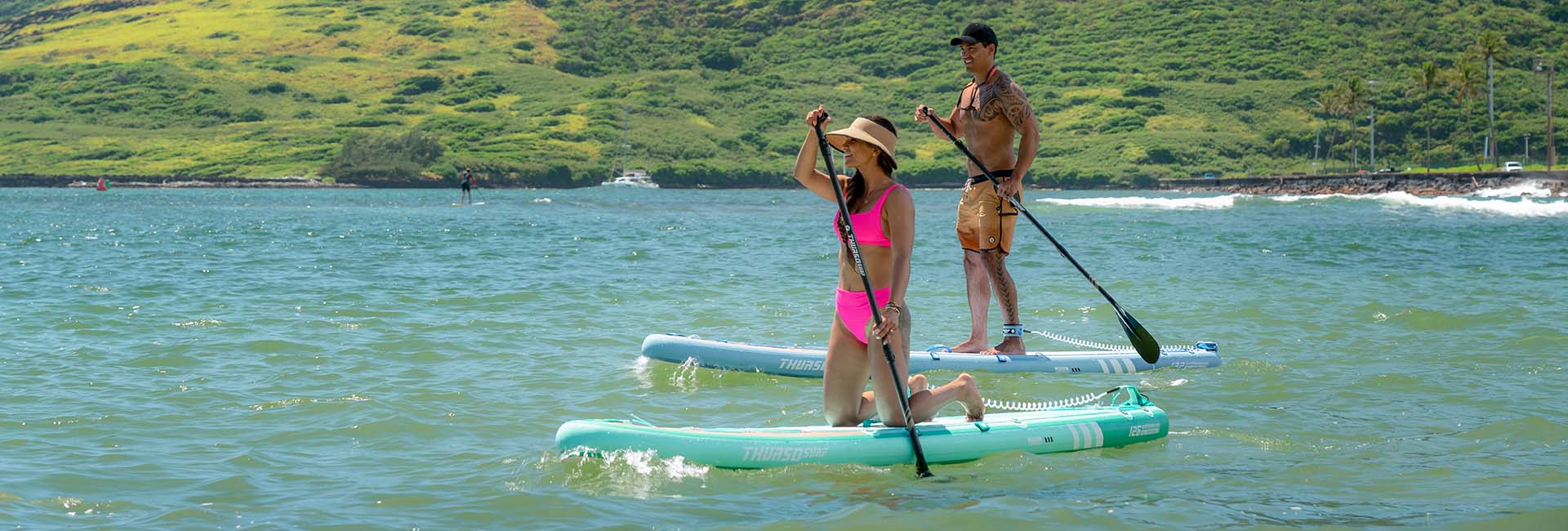
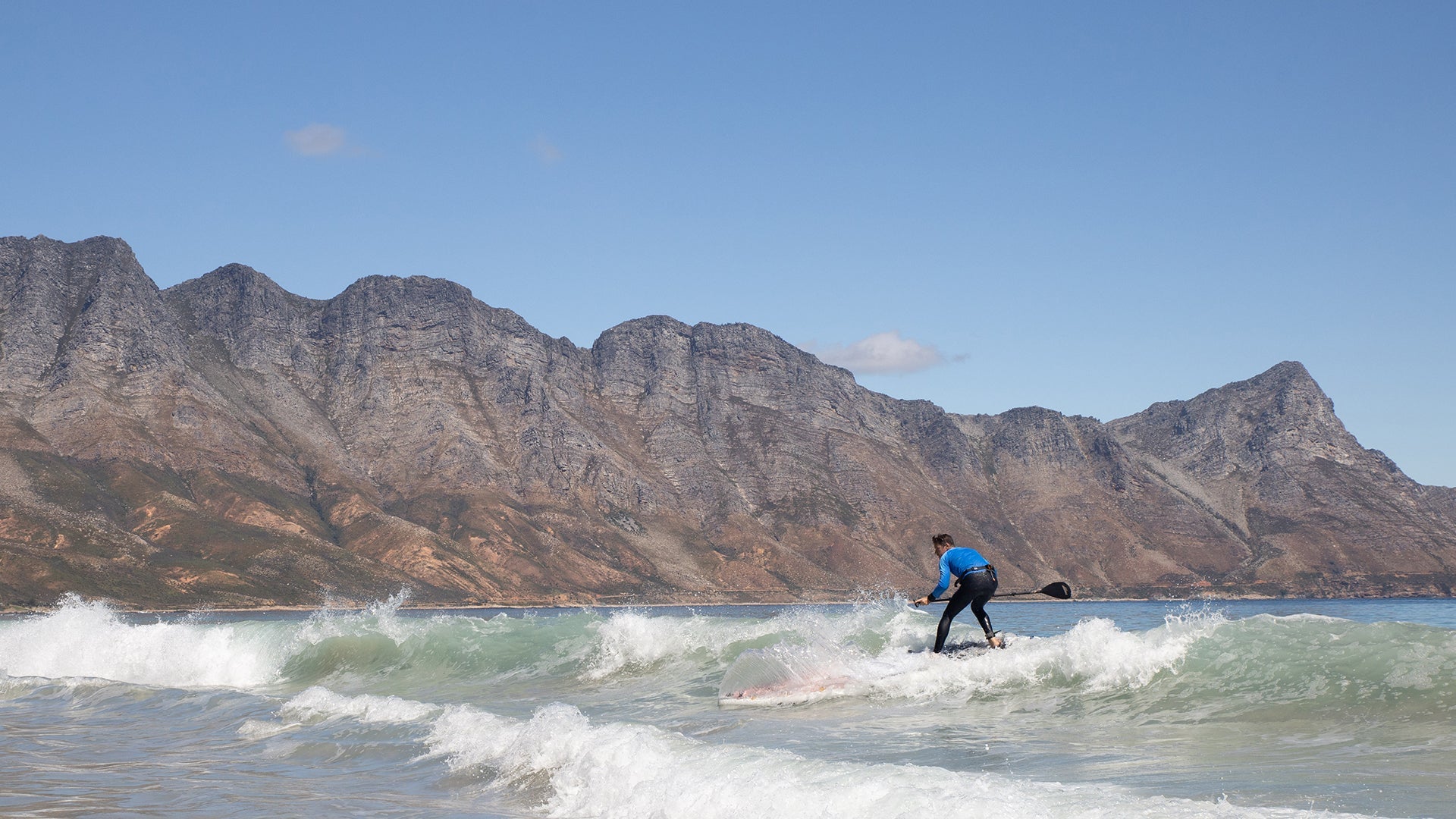
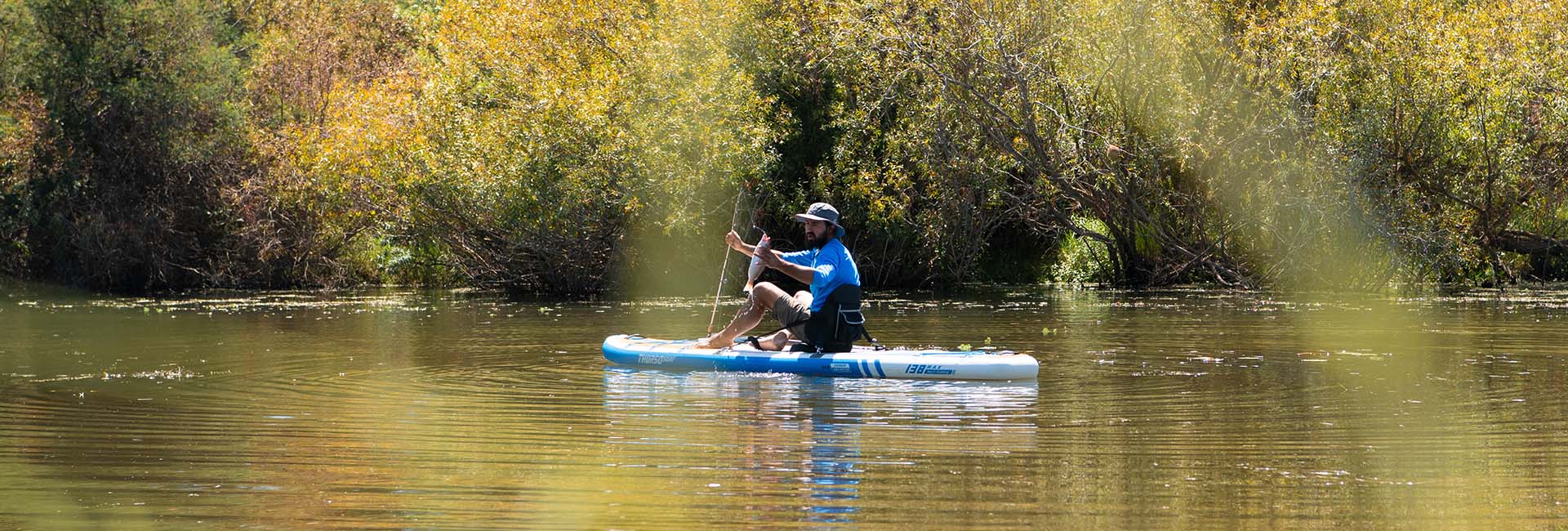
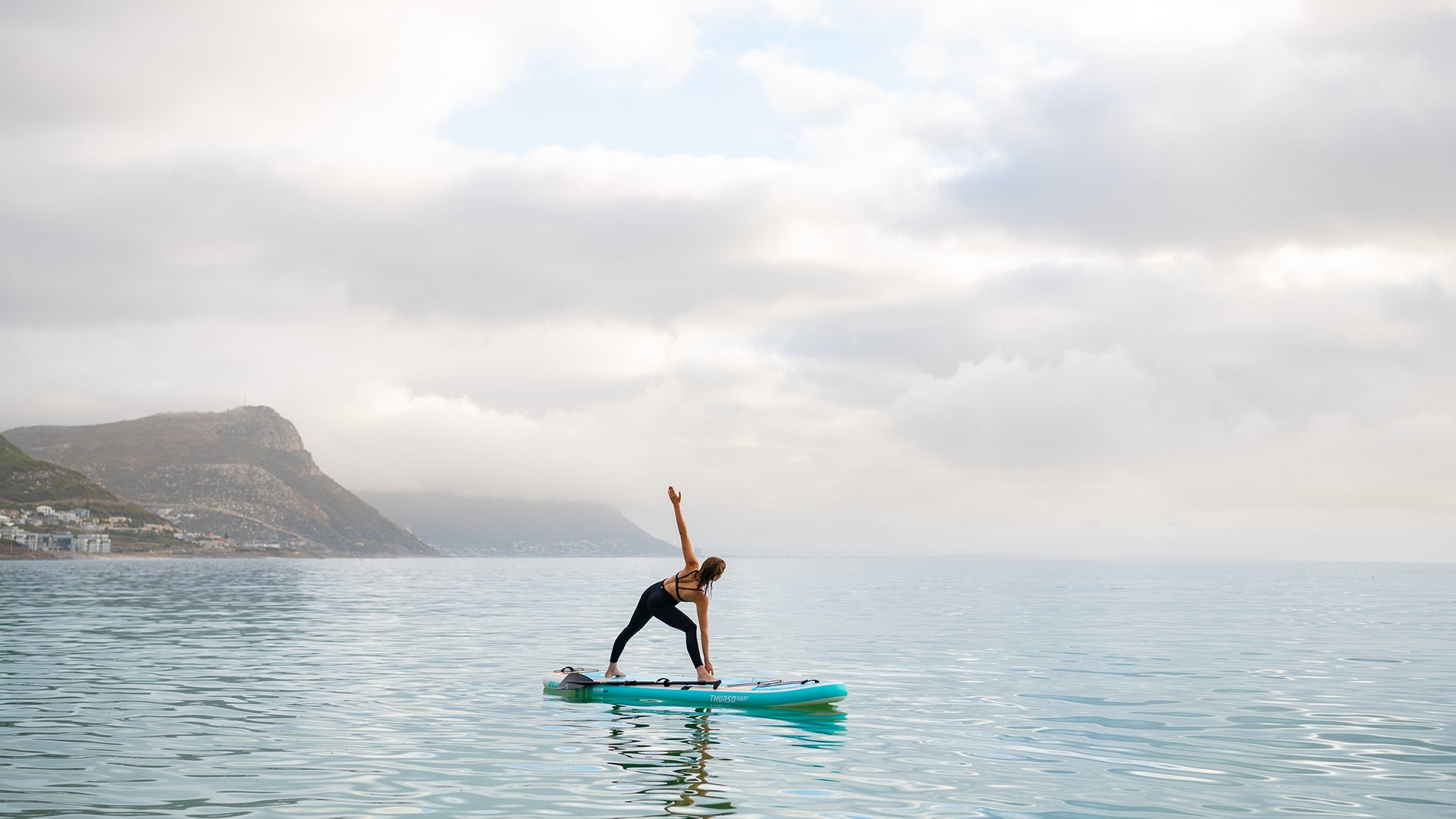
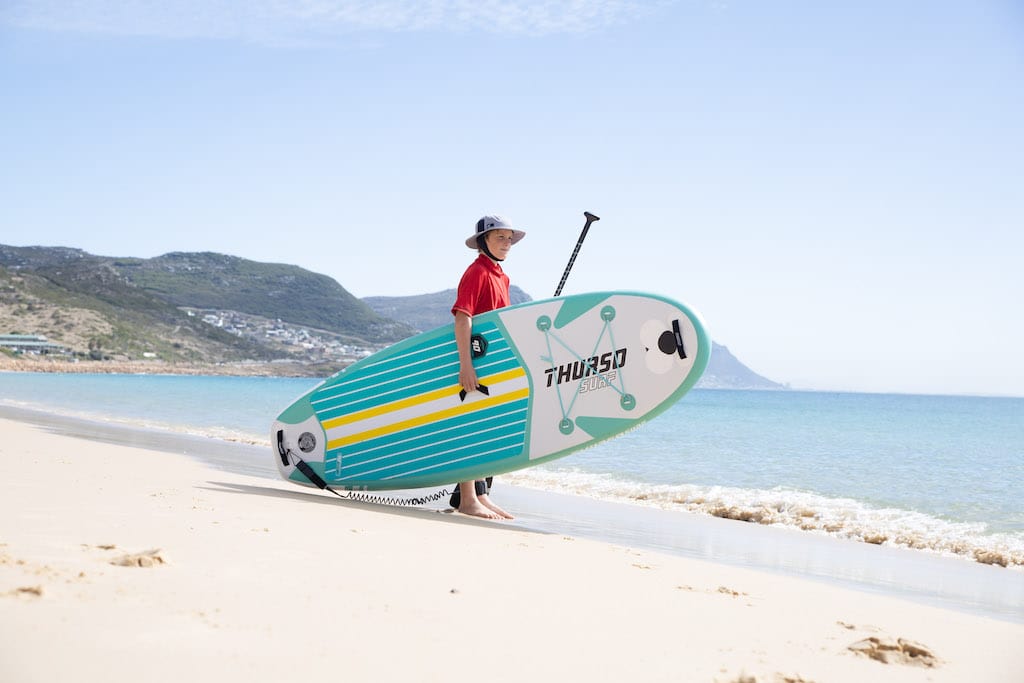
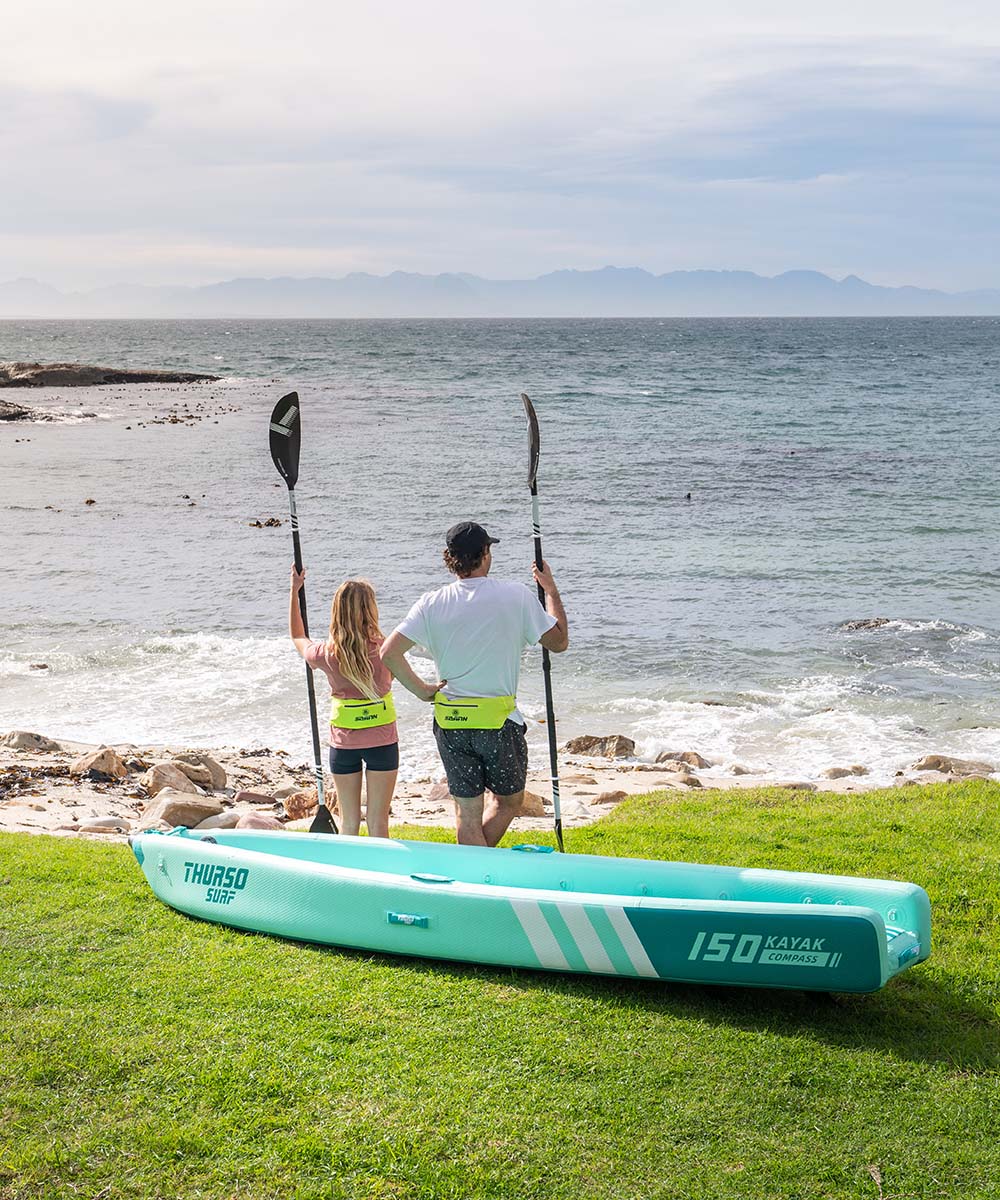
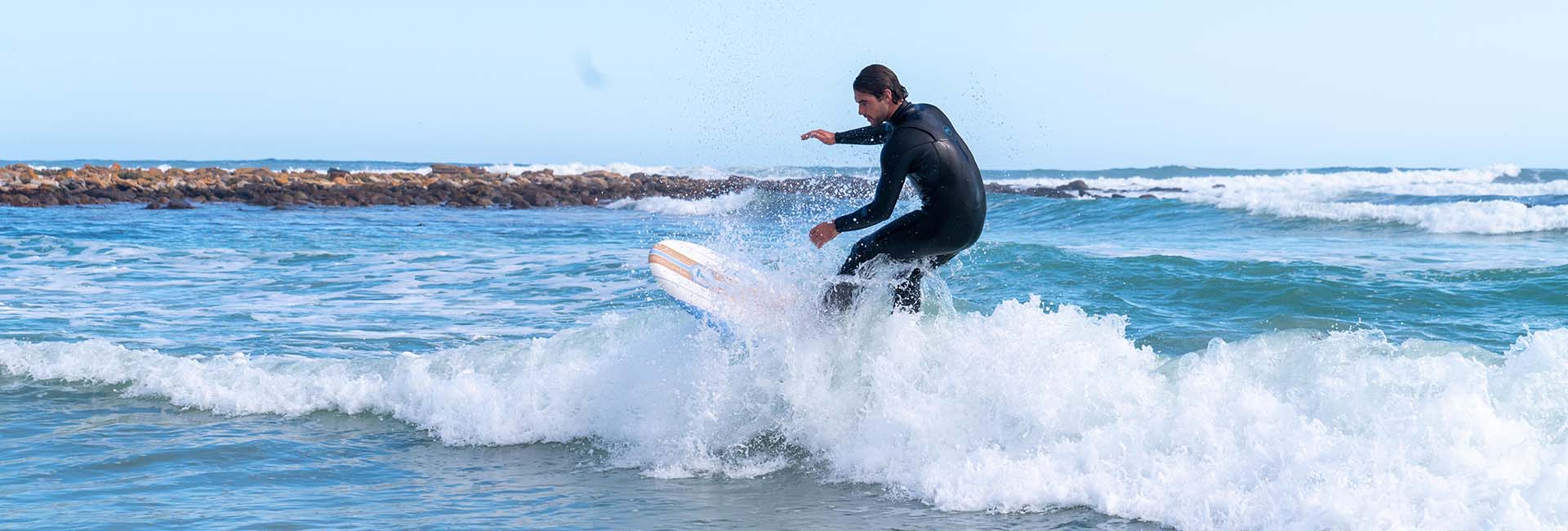
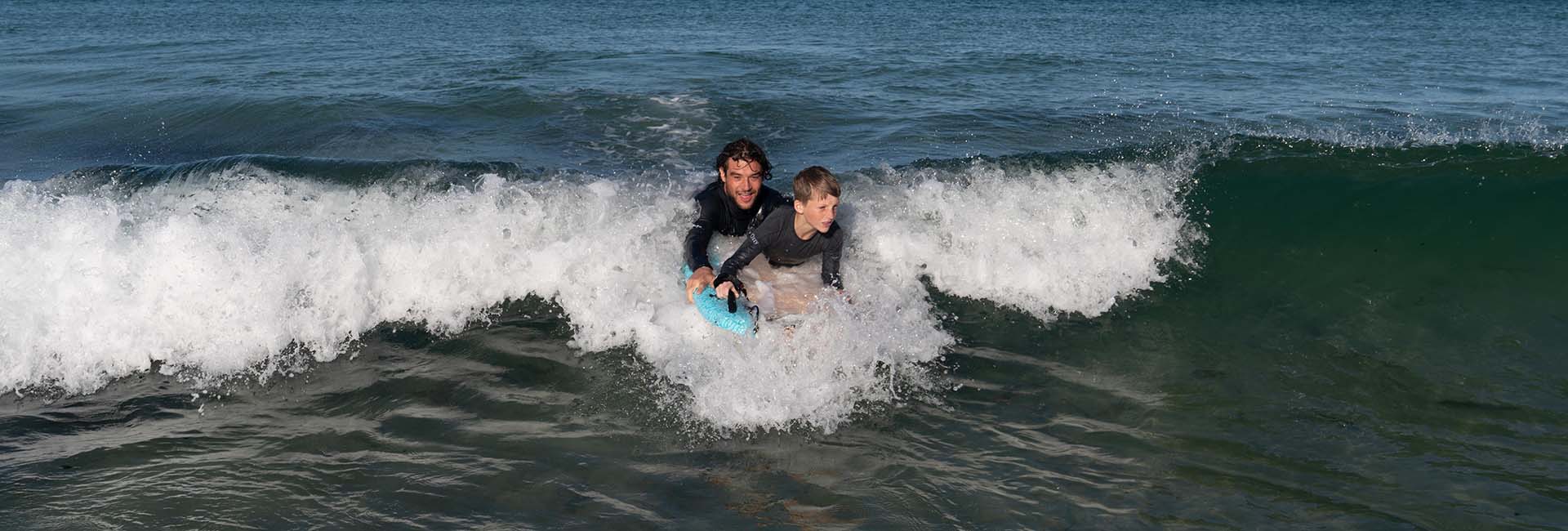
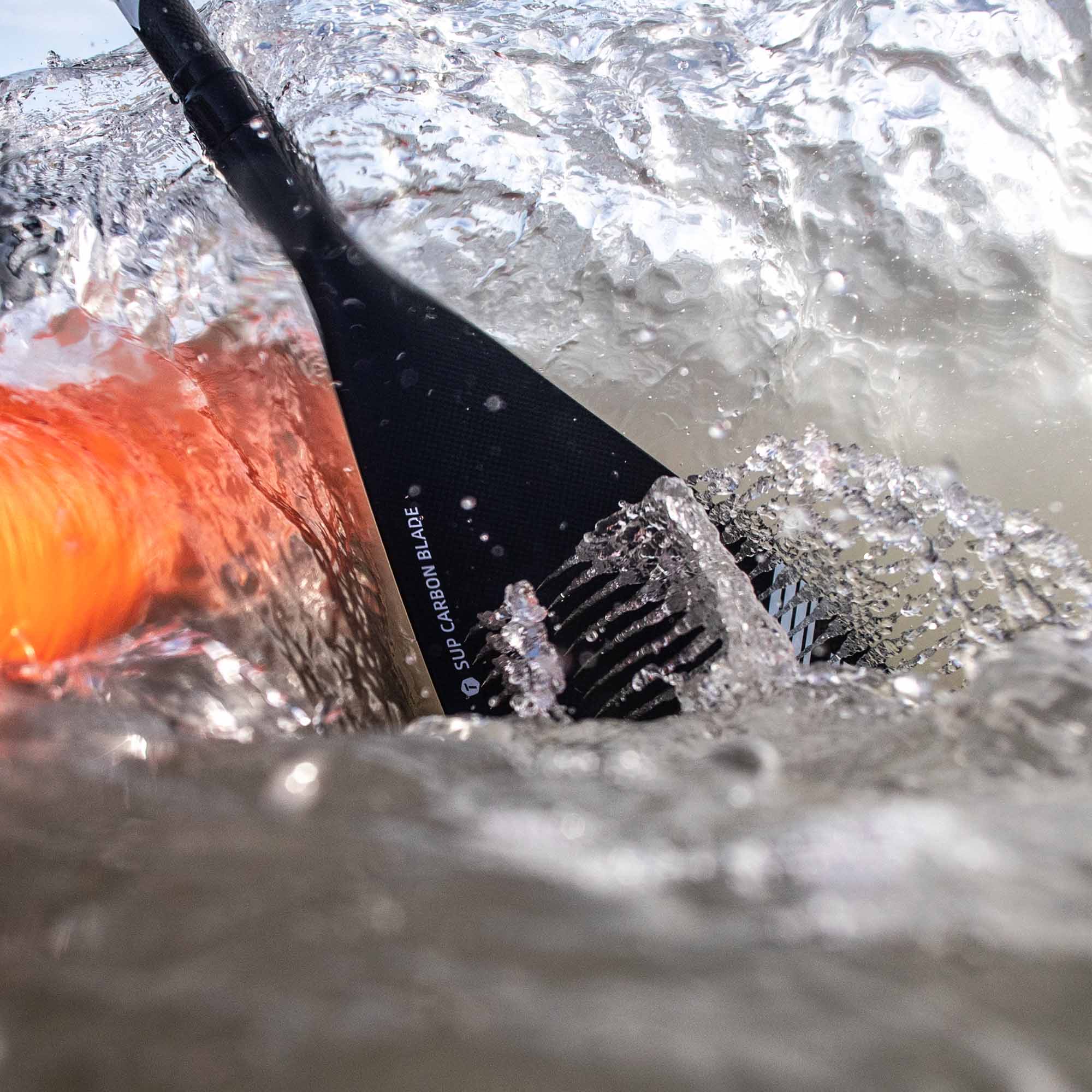
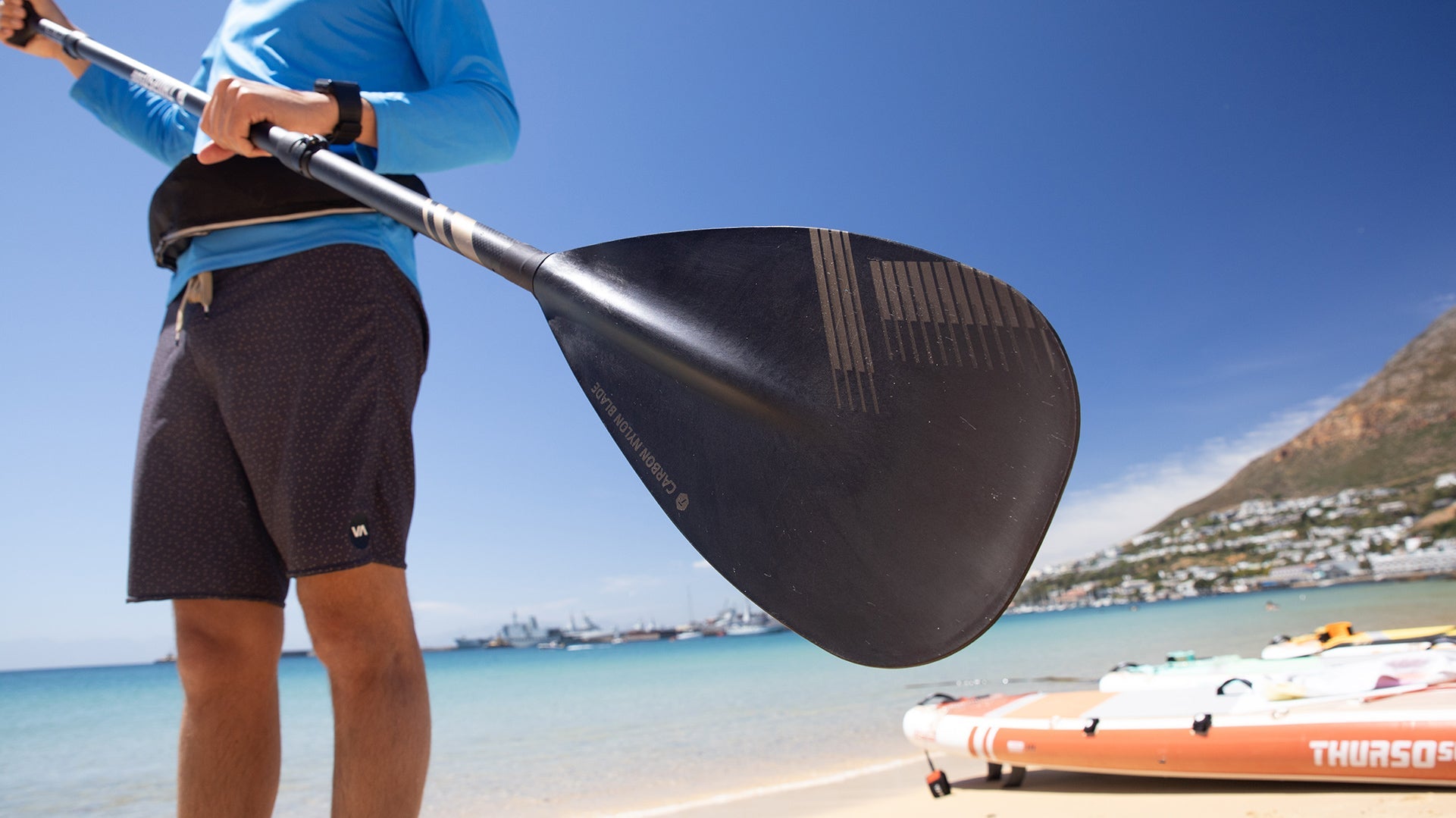
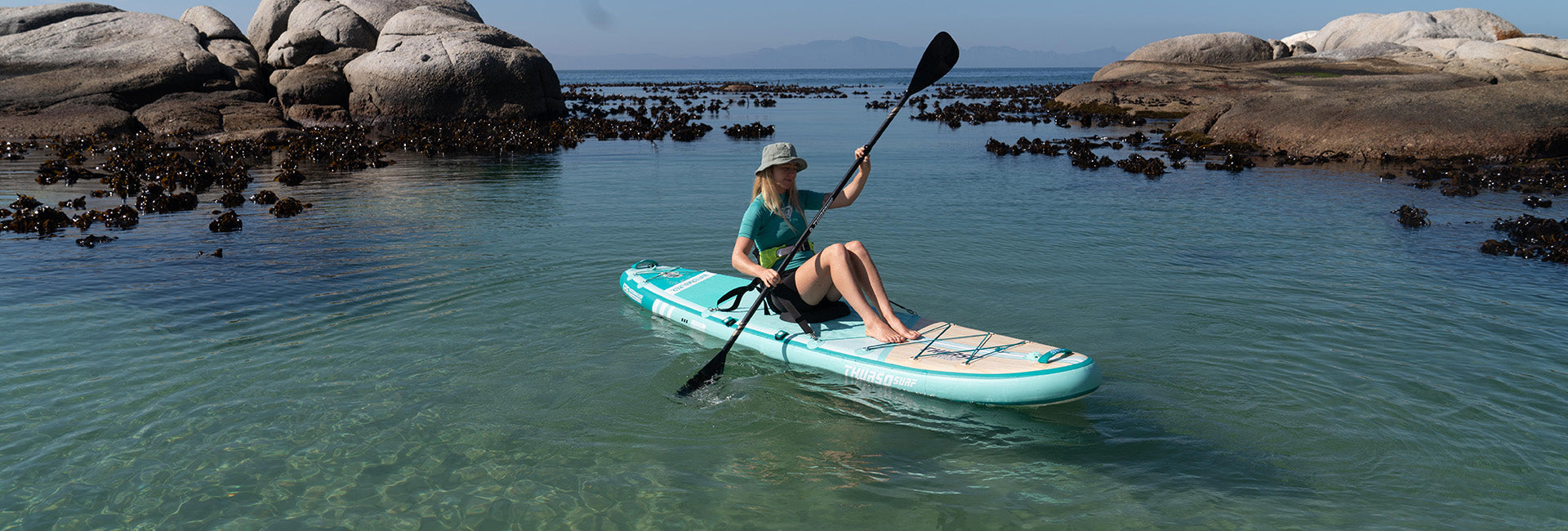

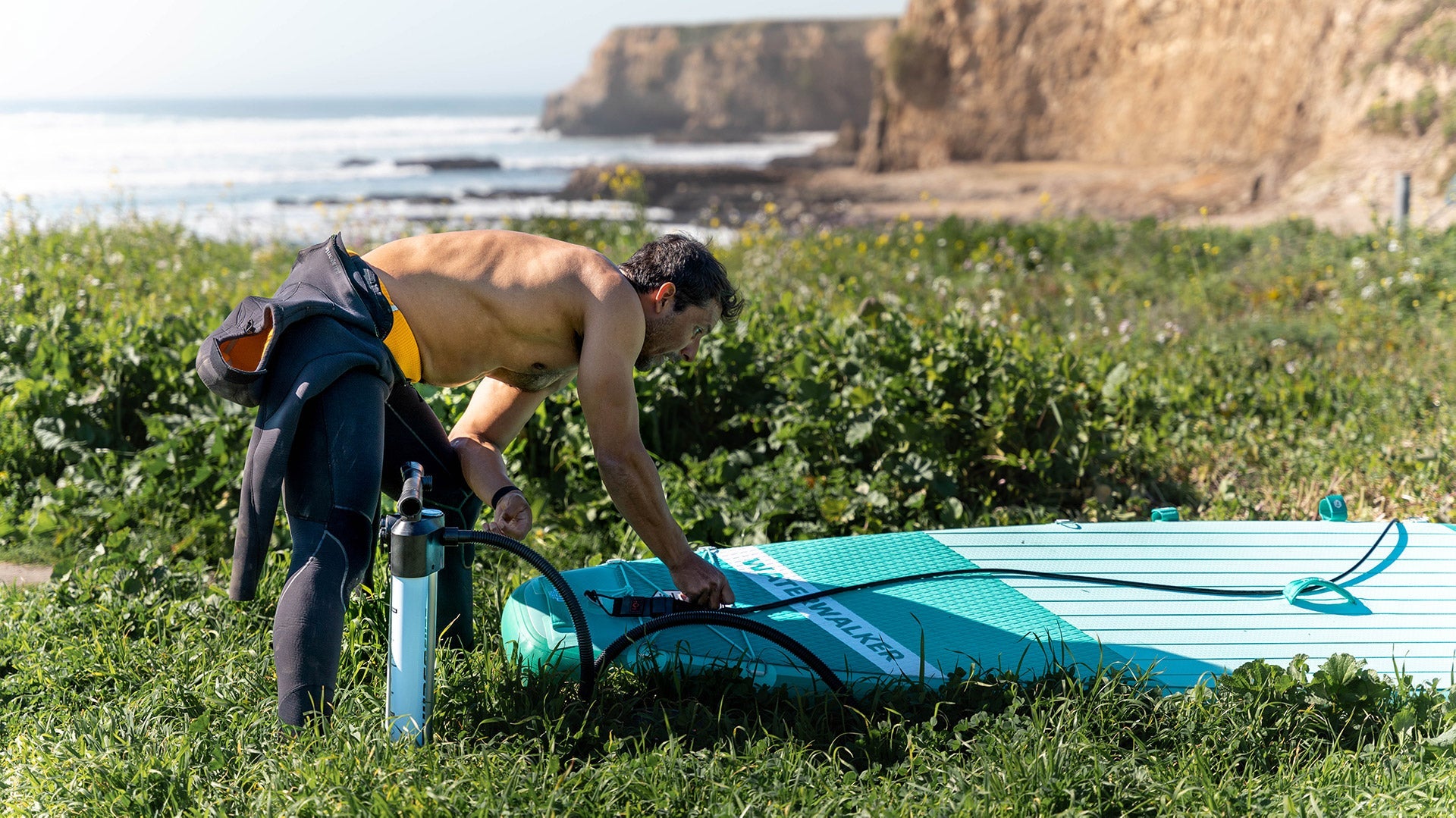
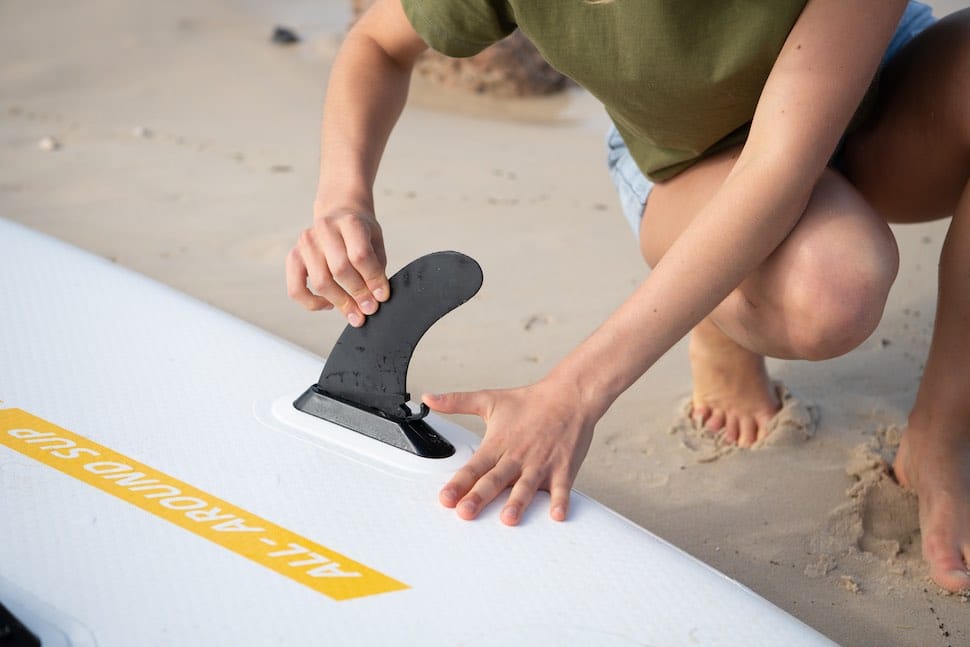
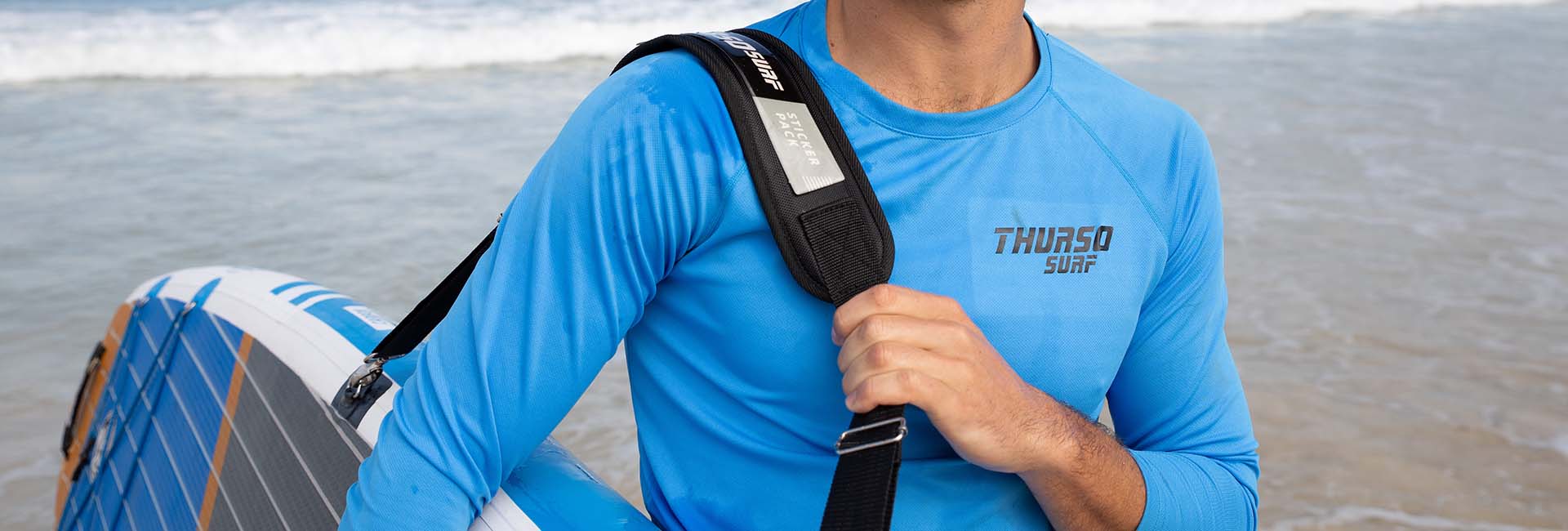



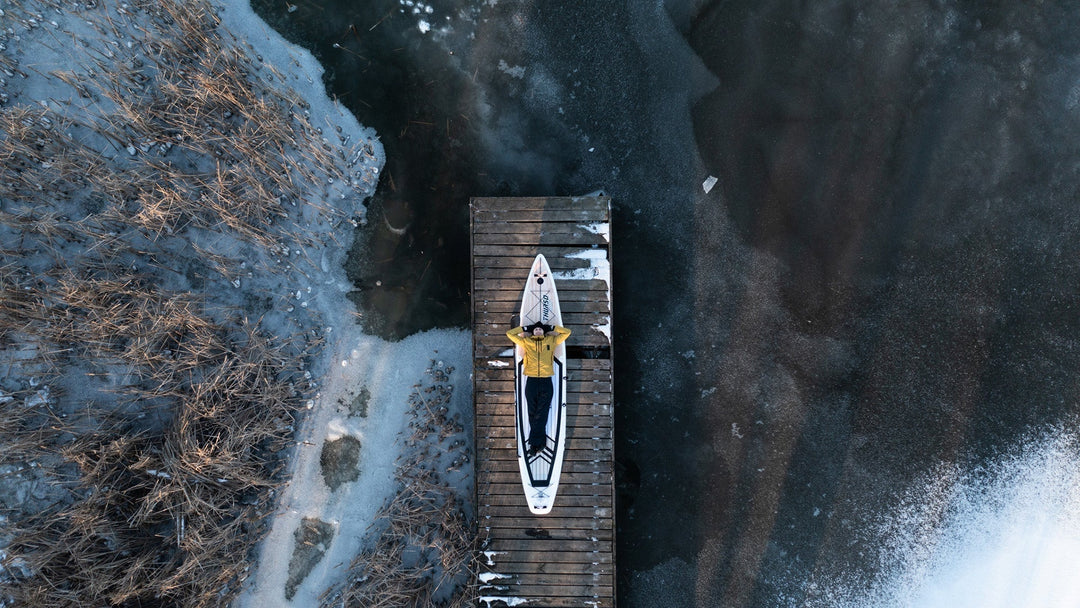
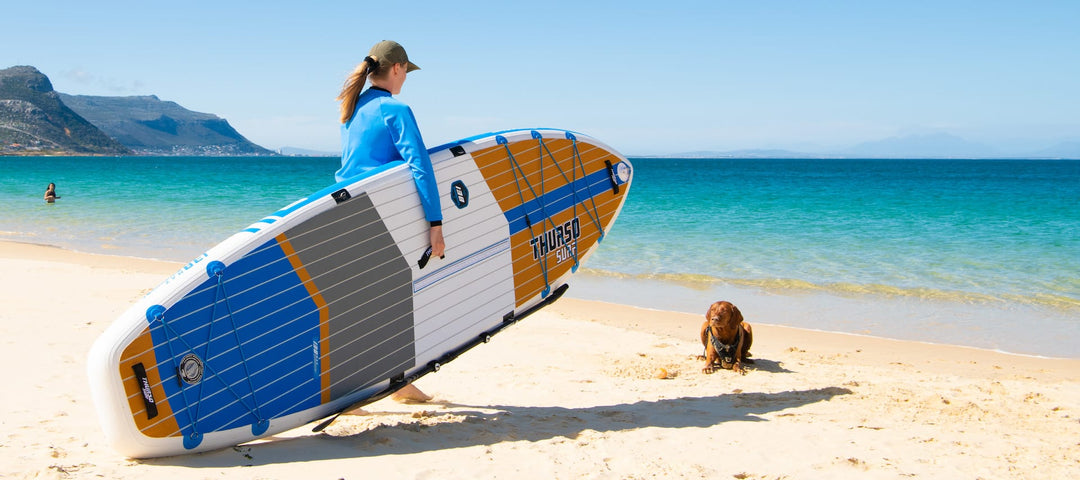
Thanks so much, Glenda! Let me know if there are any topics you’d like me to cover.
Cheers,
Jordan-na
Really enjoying your articles-very informative
Leave a comment